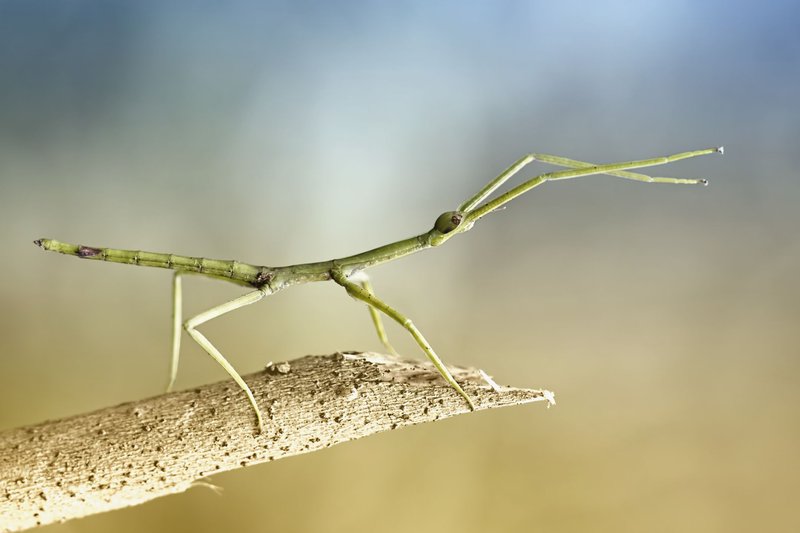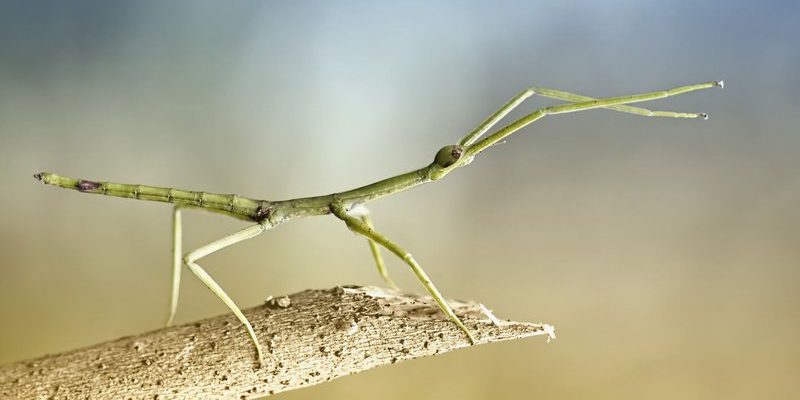
You might be wondering what makes these insects so crucial to their ecosystems. Well, let me explain. Stick insects are not just great at blending in; they also serve as a vital part of the food chain and act as engineers of plant life. Just like how a good barista understands the balance between coffee strength and milk, stick insects help maintain the balance in forest habitats. So, let’s dive into the world of stick insects and uncover their unique contributions!
What Are Stick Insects?
Stick insects, or Phasmatodea, belong to a large order of insects known for their incredible ability to mimic twigs, branches, and even leaves. Found in various parts of the world, especially in tropical and subtropical regions, these insects can display a range of colors and sizes. Some are tiny and delicate, while others can grow quite large—over a foot long in some cases!
Their primary defense mechanism is their resemblance to plant material. This means they can go unnoticed by predators like birds or lizards, similar to how a perfectly arranged bouquet can hide weeds lurking in the garden. Besides camouflage, some stick insects can also move very slowly, making them less detectable.
Most stick insects are herbivorous, using their strong mandibles to munch on leaves, which brings us to their role in ecosystems.
Stick Insects and Plant Life
One of the most significant contributions of stick insects is their impact on plant health. As herbivores, they primarily feed on leaves, and this habit helps regulate plant populations. Think of it like a gardener pruning bushes; it encourages healthier growth and prevents overpopulation of specific plant species.
Stick insects often prefer certain plants, which can help in seed dispersal. When they feed on a plant, they may inadvertently aid in the plant’s reproductive cycle by spreading seeds as they move around. This interaction helps maintain biodiversity in their habitats. Without stick insects, some plants could dominate and push out other species, leading to a less diverse ecosystem.
Plus, their feeding habits create openings in the foliage, allowing more light to reach lower plants, which is essential for the growth of various understorey species. In this way, stick insects act like the unsung heroes of forest maintenance.
Stick Insects as Food Sources
Stick insects play a vital role in the food chain. They serve as a source of food for various predators, including birds, reptiles, and small mammals. Just like how pizza night brings everyone together, stick insects provide nourishment for many species within the ecosystem.
Interestingly, their ability to change color and blend in not only offers protection but also makes them an ideal snack for those sharp-eyed predators that are always on the hunt. When populations of stick insects are healthy, they help sustain diverse predator populations, which in turn contributes to ecosystem balance.
You might be surprised to learn that some cultures even consider stick insects a delicacy! In certain regions, they are harvested for food due to their high protein content. This showcases the ways stick insects intersect with human life, even if they often remain hidden in plain sight.
Stick Insects and Biodiversity
Biodiversity is like a well-balanced diet for ecosystems; you want a mix of everything to keep things healthy. Stick insects add to this by supporting a rich tapestry of life. Their presence in an ecosystem can be a sign of a healthy environment, much like how a flourishing garden indicates a good gardener.
By feeding on certain plants and acting as prey for various animals, stick insects help keep the balance between different species. When one species thrives, it can positively impact the entire ecosystem. Think of a team where everyone needs to work together for success; if one player excels, the whole team benefits.
When stick insect populations are stable, it usually means that their habitats are not overly disturbed, which is crucial in our changing world. Unfortunately, many stick insect species are now threatened due to habitat loss and climate change. Protecting them is essential for maintaining the biodiversity of their ecosystems.
Stick Insects as Indicators of Environmental Health
Environmentally speaking, stick insects can serve as indicators of an ecosystem’s health. Their sensitivity to changes in their habitats—such as pollution or temperature shifts—makes them useful for scientists who study environmental changes.
When stick insect populations decline, it often signals that something is off in the environment. It’s like when your favorite plant starts wilting; it tells you it needs attention or care. Observing changes in stick insect populations can help researchers understand the broader health of an ecosystem. This information can be crucial for making conservation decisions.
Understanding their role in this way emphasizes why protecting their habitats is vital—not just for the stick insects themselves but also for the overall ecosystem stability.
Conservation and the Future of Stick Insects
With their critical role established, it’s vital to consider how we can protect stick insects and their habitats. Urban development, climate change, and use of pesticides threaten their populations. Just as we might fortify our homes against storms, we need to bolster efforts to conserve their environments.
Conservation efforts can include creating protected areas and promoting reforestation. You might also consider supporting organizations that focus on insect conservation. Every little bit helps, and by advocating for these creatures, you contribute to the health of entire ecosystems!
Education is another key factor. By raising awareness about the importance of stick insects, we can encourage others to appreciate and protect them. Imagine if everyone understood their role; it would be a rallying cry for conservation efforts.
Stick insects might not be the loudest actors in the ecosystem, but their roles are undeniably significant. From maintaining plant health to serving as vital food sources, they contribute to the balance and diversity we often take for granted.
In a world that’s consistently changing, it’s essential to recognize the importance of every creature, no matter how small or inconspicuous they may seem. As we move forward, let’s embrace the uniqueness of stick insects and commit to preserving their habitats. After all, a healthy ecosystem benefits us all. Whether it’s through enjoying nature walks or supporting conservation initiatives, we can all play a part in ensuring that the stick insect—and its vital role—continues to thrive.

